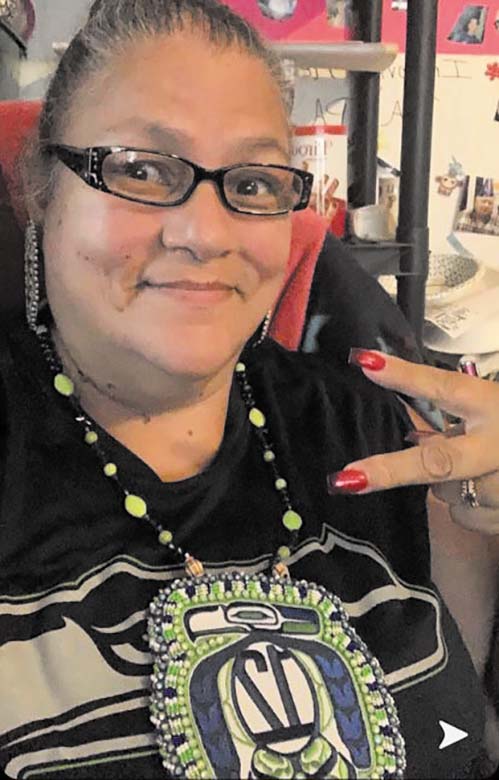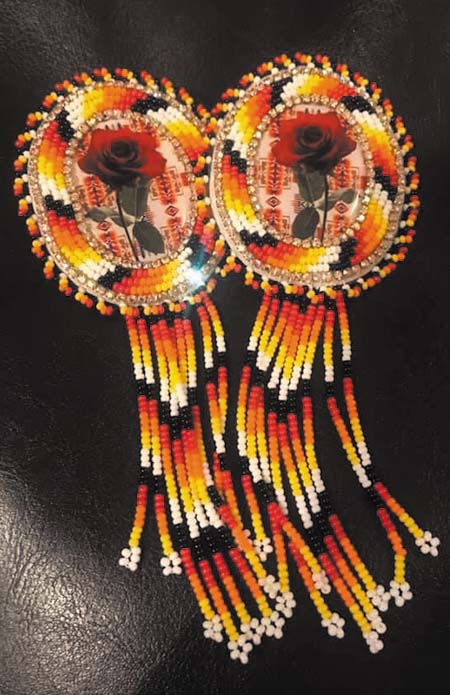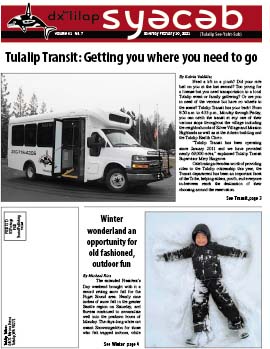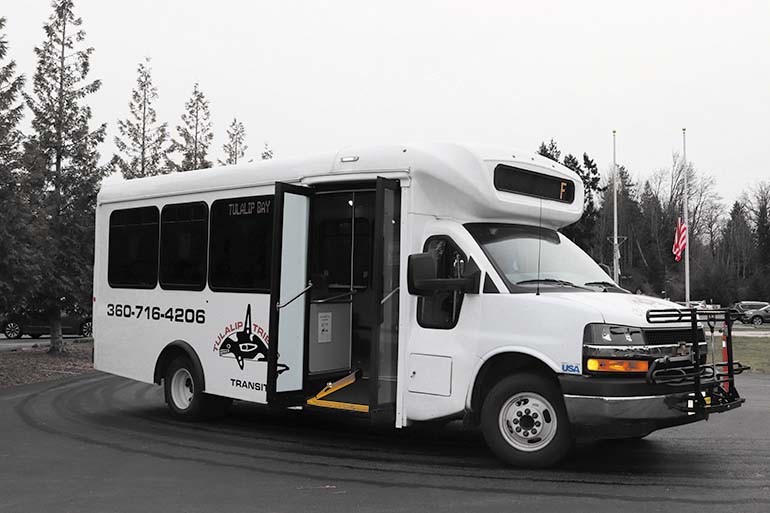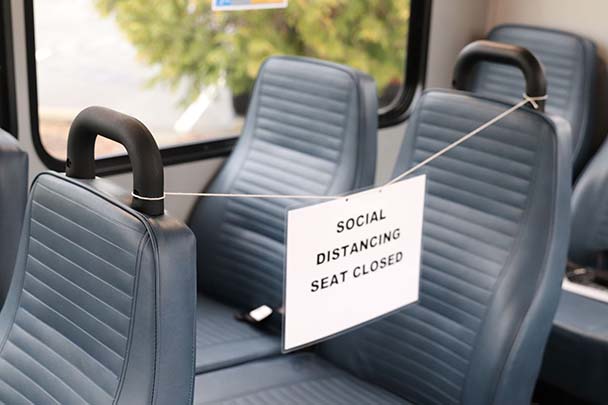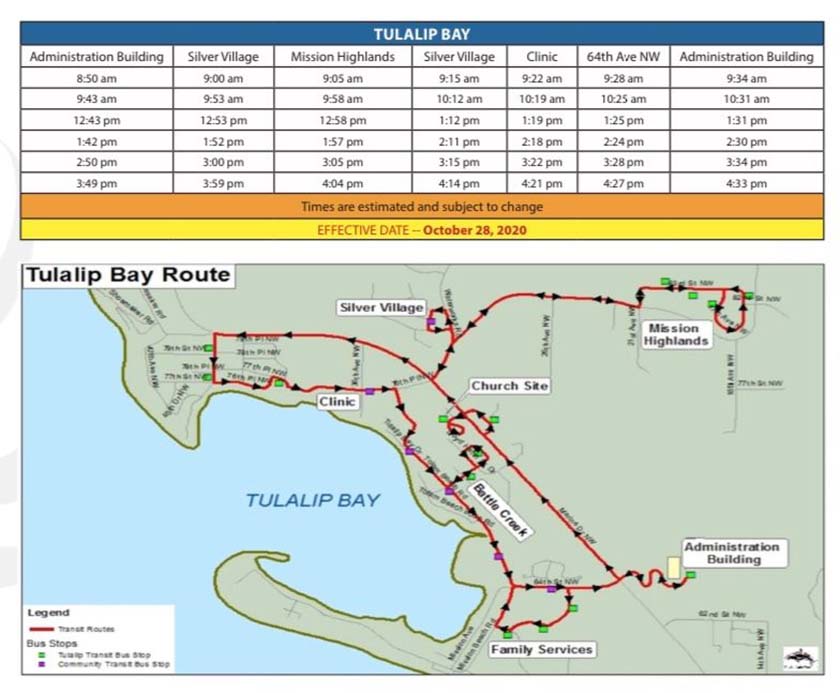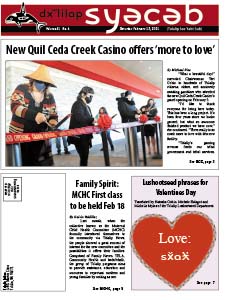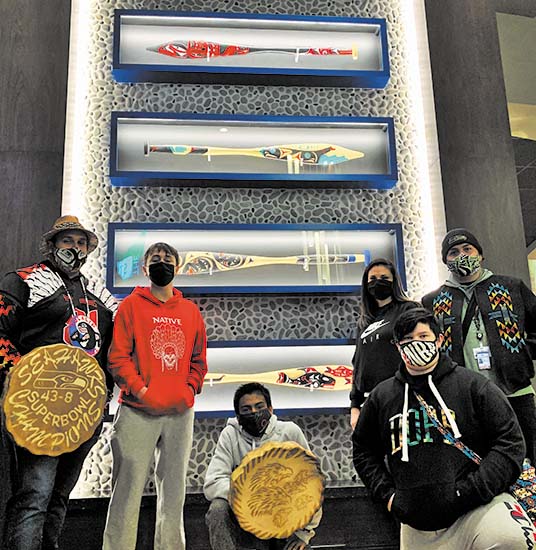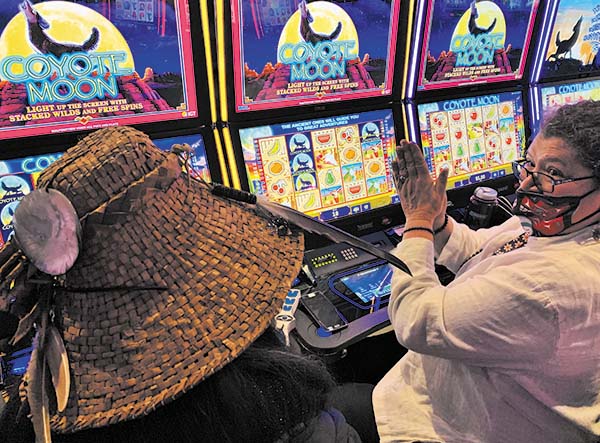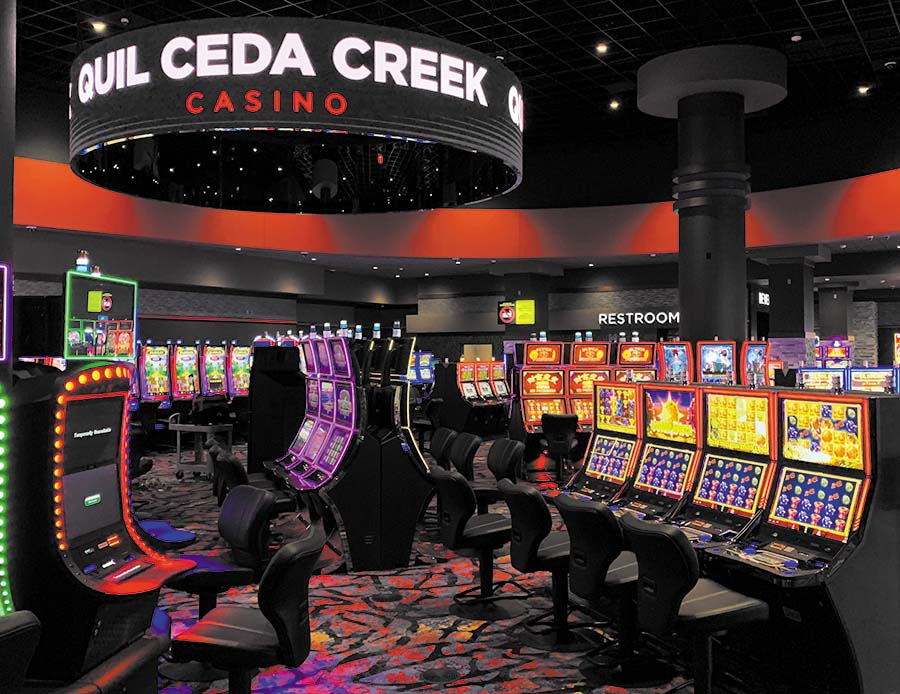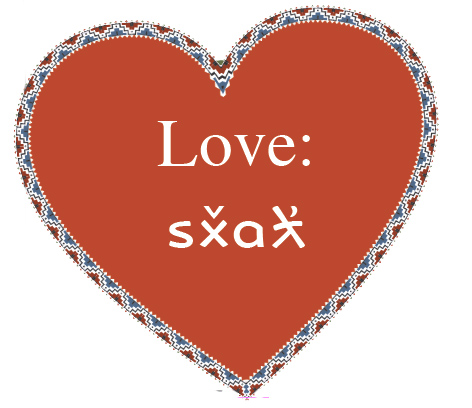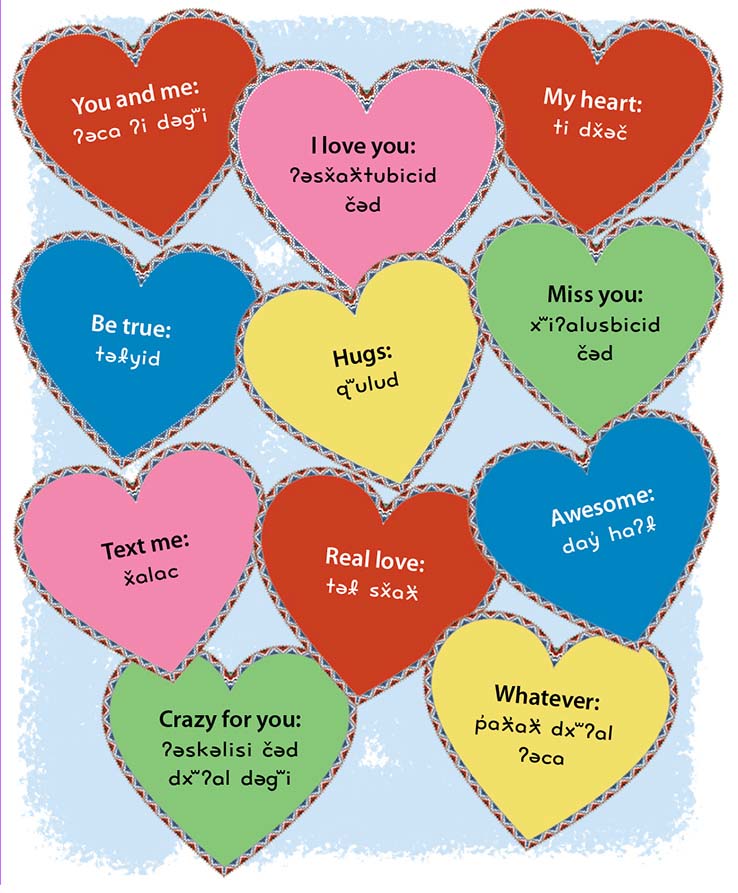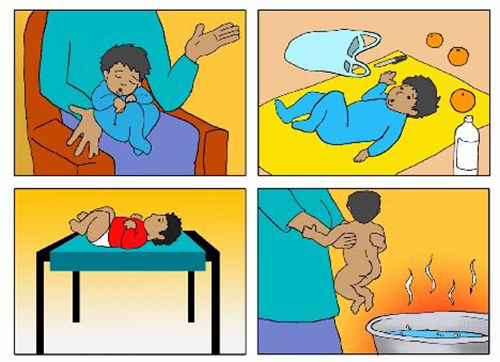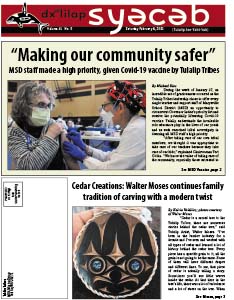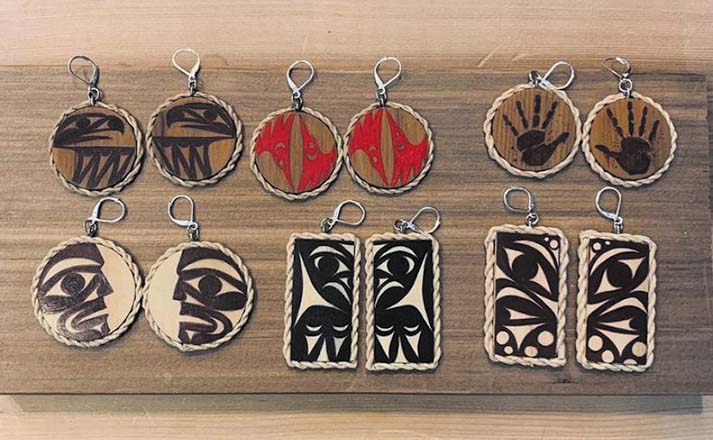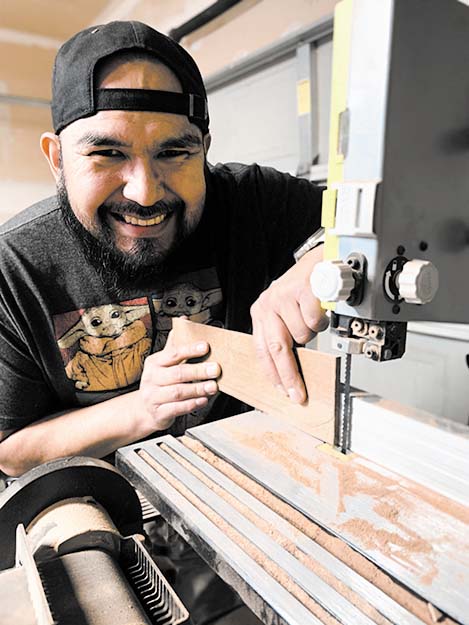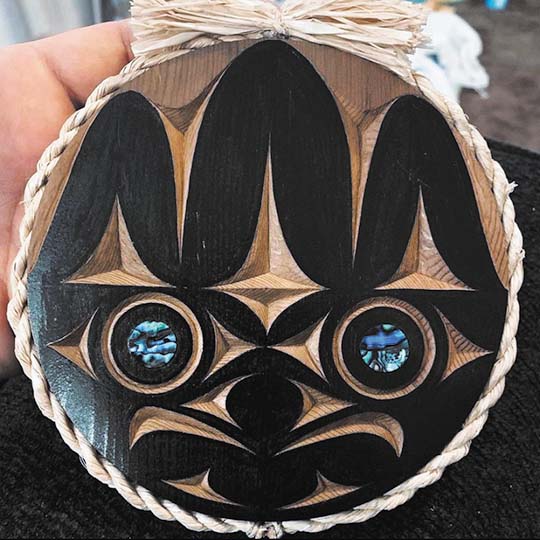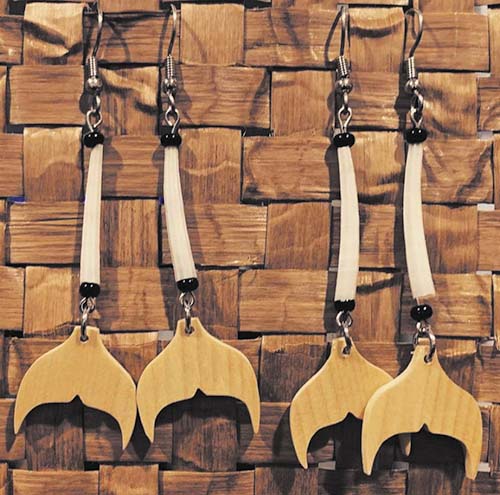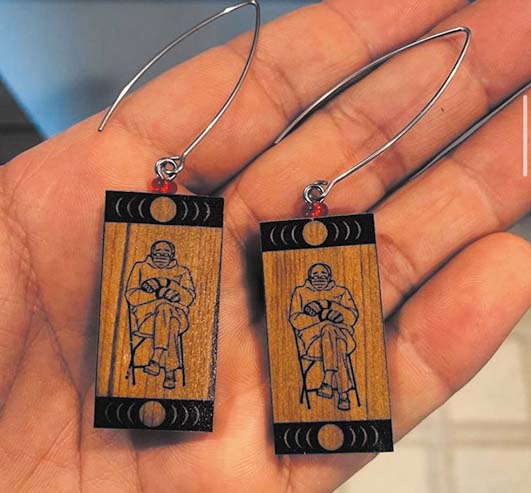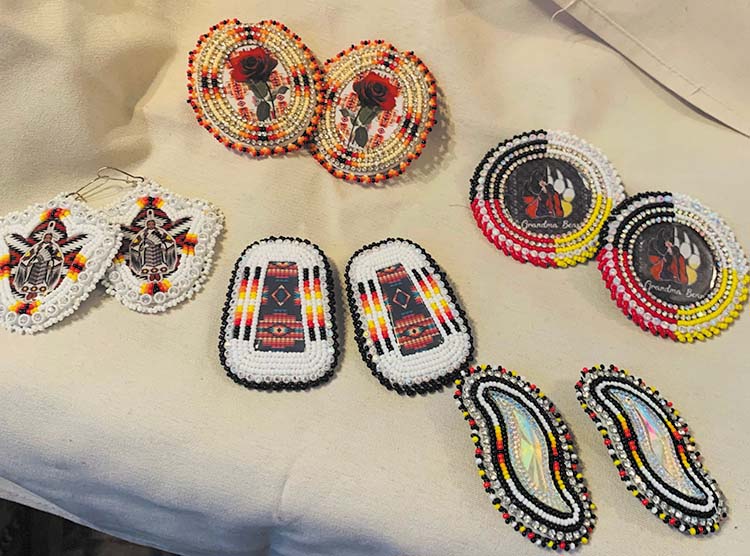
By Kalvin Valdillez, Tulalip News
“I bead pretty much every day,” said Tulalip tribal member, Donna Chambers. “I really want good energy to go out to the people through the gifts I make. I don’t make anything sad, mad or upset. I do everything with good spirit in my heart and I just go by what my heart says to do.”
Sometimes life gives you a sneak peek into your future when you find something you absolutely love, care for and are deeply passionate about. For some it’s sewing, drawing, carving, singing, dancing, photography – you name it. You know instantly when your passion finds you. And it matters little if you practice every day from that point on or if you acknowledge that connection and agree to revisit it later on in life. When your soul and your life’s passion align, that bond cannot be broken, not even by the hands of time, especially when your culture has significant ties to your calling.
This was something Donna knew when she fell in love with her passion at the age of 18. When she picked up a thread and needle to bead her first pair of earrings, she couldn’t tear herself away from her newfound traditional hobby for months on end. She also knew it when she no longer had enough time in her day to continue her practice while raising a young family and working a full-time job. When she set down her beads only one year later, she knew it was temporary and that she would return to her art one day in the future. Over thirty years later, after living a fulfilled life, watching her kids grow up and caring for her parents until they transitioned to their next journey, Donna’s passion found its way back into her life and has brought her endless joy and good vibes, which she in turn cycles back into her artwork and therefore, into the Tulalip community.
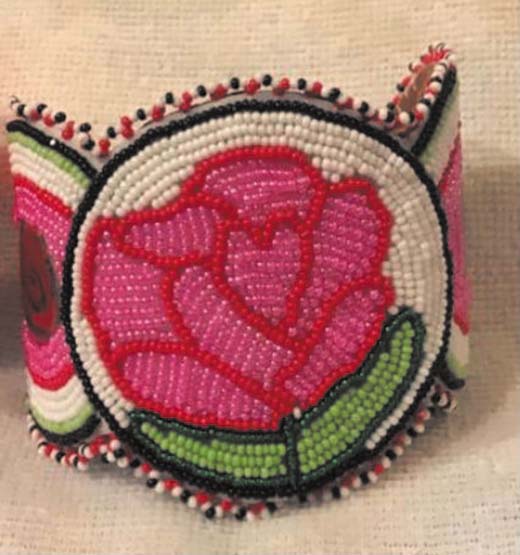
“I originally started when I was young just to get involved with our culture, to try to get in-tune with my heritage,” she said. “I didn’t live here on the reservation during my childhood. I was born and raised in Oregon, so I pretty much lived away from the area until I was about the age of 12 when I moved back here. At the beginning, I did bead a lot and made a few things for myself like my dangly earrings, just learning the basics. I was beading before my kids were born and I put it away because I was busy with the kids and the family all the time. I decided to pick it back up after I lost my mom and dad. I’ve been going for about three years now and I’m now 56.”
Donna’s kids knew little about her passion and her heart’s desire to bead. In fact, her daughter, Alicia Budd, is the person who reintroduced her back into the world of beading. According to Donna, Alicia attended a beading-circle over a long weekend, returned home and immediately told her mom ‘you should learn how to bead, this would be really good for you’.
“I like to do things with my hands, I also like to crotchet,” Donna expressed. “I’ve made lap blankets for my family and the kids who’ve come into my life, so that they have blankets when they are reading their books or watching TV. My daughter sat down with me and showed me what she learned. She refreshed my brain because I lost it for so many years. I picked it up that day and never set it back down. Now it’s something I look forward to doing every single day.”
Almost as important as the artform itself is the creator’s personal environment, how they set themselves up in order to get into the proverbial ‘zone’ while maximizing production and minimizing distractions. Some artists require certain foods, vices, lighting and people around in order to generate their best work. Donna claims that all she needs is the love of her family and friends, some good tunes (ranging from classic oldies to Hip Hop and R&B, all the way to heavy metal), and her beads. She goes into each project with good intentions and sans game plan, letting her heart freestyle the design and guide her until the work is complete. Her workstation includes her late father’s comfortable chair, her work materials meticulously arranged all around her and of course, a variety of vibrant beads.
When asked what type of items she creates today she replied, “Oh just about everything! I still occasionally make my dangly earrings, but most of the things I make now are lanyards. Somebody at the clinic saw the lanyards my daughter and I wear and asked where they could get them, so some of the nurses at our health clinic ended up buying a lot of lanyards from me. I make sure to make a lot of them because lanyards are something that people can always use. The other things I make are keychains, earrings, headbands, medallions, bracelets, barrettes, broaches, bolo ties. I made an entire wallet from scratch once. I also made Seahawk medallions for myself and my grandson, JD Rinker, and I made him a full-length tie that he can wear at Youth Council meetings and gatherings where they have to dress up.”
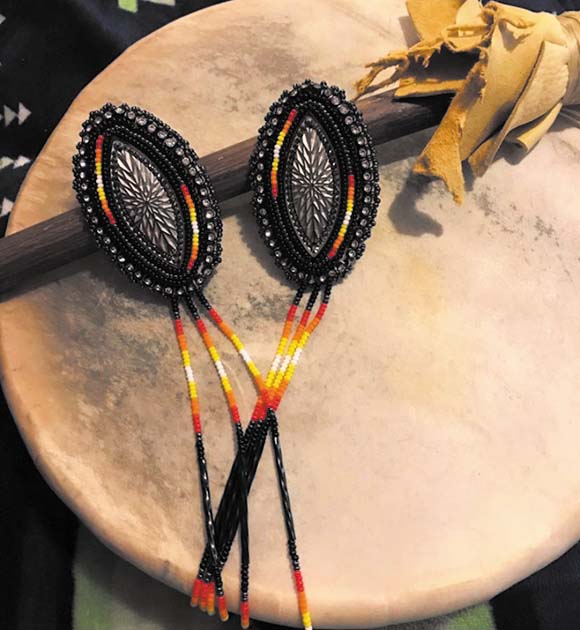
She continued, “I’ve also beaded center pieces for the headbands that some of our youth wear with their regalia during salmon ceremony. And I’ve made bracelets for the guys, I made three of them, one I gave to Louie [Pablo], it had Eddy’s name on it, he was Louie’s brother who passed away. I gifted him one because it felt like it was the right thing to do at the time, something to remember his brother by.”
Several times Donna expressed that she allows her heart to lead when it comes to her art. And my oh my, Donna has quite the big heart. Not only does she bead cool custom pieces for family or bracelets to honor loved ones, Donna also gifts a lot of her work to our local heroes including police officers, judges, firefighters, and the men and women who bravely serve in the US military.
“My daughter works at the courthouse so I surprised everybody at her work with a gift,” Donna said. “All the judges got something from me, as well as the clerks and the secretaries. I’ve done work for some of the funerals out here, I made their families keychains and necklaces. I also make a lot of pieces for police officers. I made these little medals, shaped like a police badge, and I beaded around them and put them on a necklace. I’ve given about twenty away so far. I just give them to any police officer that I see and feel like that’s the one. I’ve given some to our Tribal police officers and three to Marysville police officers. I usually carry some of my work in my car, so if I do see a police officer, a fireman, or somebody serving in the army or the military, I can offer it to them as a way to thank them for their service and everything they do. I’ve gifted pieces to [TPD] Officer Jeff Jira and just completed something for our Chief of Police.”
During the coronavirus pandemic, Donna was presented with the opportunity to focus more on her beadwork. In addition to beading, she also poured her efforts into a new project, creating masks. She explained that after she saw the need for more masks in the community, and the demand for something a little more aesthetically pleasing than the standard surgical mask, she started sewing immediately, creating clothed masks with Native, floral and paisley designs. Whenever she leaves home and is headed to the local grocer, she is sure to grab a handful of masks, which are often distributed to the store’s employees and shoppers before she even checks-off the first item of her shopping list.
Donna strongly believes that beading is an essential tradition to the Native American culture, noting that it is an artform that is easily identifiable and synonymous with the Indigenous way of life and teachings. The relationship between Indigenous people and beadwork dates back generations prior to colonial times to when our ancestors crafted beads from bone and stone. Beads were worn as a status symbol of wealth and beaded items were featured on traditional regalia, jewelry and artwork. Due to the introduction of glass, metal, crystal and various beads through trade, the colorway and pattern possibilities for Native beadwork holds no bounds.
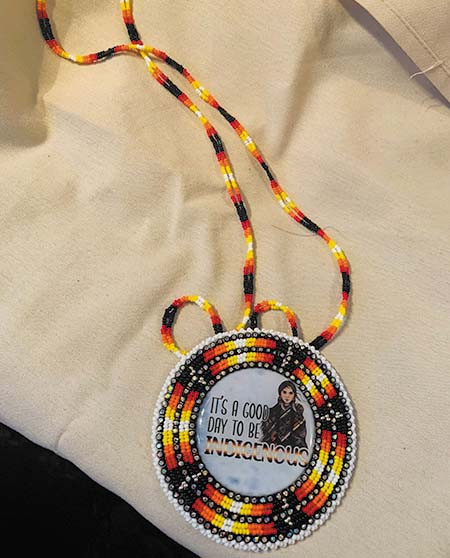
Donna is doing her part to keep the tradition going, teaching the future generations of Tulalip all of her tricks of the trade, ensuring the art of beading extends well past her children’s children. Since returning to the bead game, she has shared her knowledge with many Tribal and community members, including Facebook friends, and many of the kids from her neighborhood. Donna also has some future classes with the Tribe in the works and plans to conduct Facebook Live tutorials in order to help aspiring beaders with the fundamentals.
“I just hope the more I bead, the more kids around me will want to pick it up,” she said. “Sometimes it does show. Louie’s three little kids were over here last summer, watching me bead. They kept saying they wanted to learn how to bead. They were persistent, so I made them each a beading packet with all the tools and showed them how to do it. They sat here for over two hours with me and they picked it up really fast. They each made something that day. When they were done, I told them they couldn’t keep it and they looked at me kind of sad because it was their first piece. I explained that since it was the first thing they ever made, they had to give it away in order to get good vibes back. They decided to gift them to their mom and grandpa so their very first pieces could stay in the family.”
Donna hopes that by sharing her story and her passion for beadwork, she can garner enough attention to reach the representatives of one Ellen DeGeneres, stating “I have an Ellen DeGeneres piece. My dad was really into Ellen, he faithfully watched her show. When he passed, I felt like I needed to bead her name on a medallion. I have not yet been able to gift it to her because I don’t know how to go about giving it to her or getting it there.”
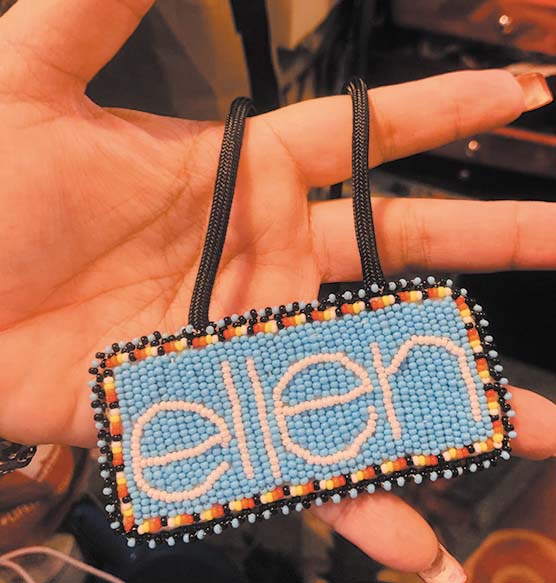
With a new and fully-restored love for beadwork, there is no project that Donna is afraid to tackle. In fact, she is happily welcoming any challenge that comes her way because, as she said, all she needs is her beads and her beats. All of Donna’s work comes with a guarantee, as she tells all of her customers that if anything happens to a piece you purchase from her, she will fix it for free. If you are interested in purchasing any of Donna’s work, please contact her via Facebook for more information.
“There’re things that I make to sell, but there are a lot of things I make simply because my heart tells me to do it,” Donna said. “I gift them to all types of different people because it feels like something I need to do. But I do enjoy selling items when I can because it does put extra money into my funds so I can continue to bead more. It gives me good energy, that’s why I like to put good energy back into it. It makes you feel good that you’ve accomplished something for the day. All I can say is if you’re interested in beading, try it out, pick it up. I bet you’ll like it because I definitely do.”
